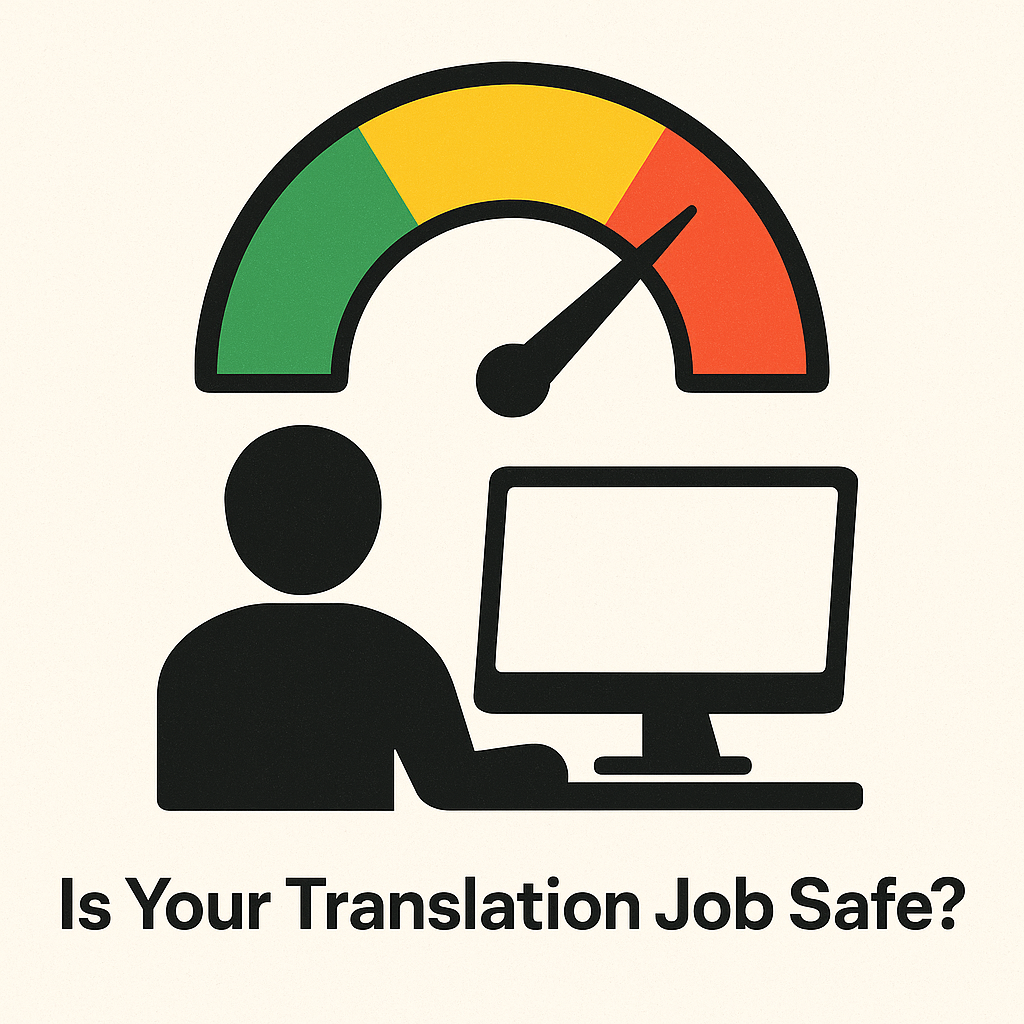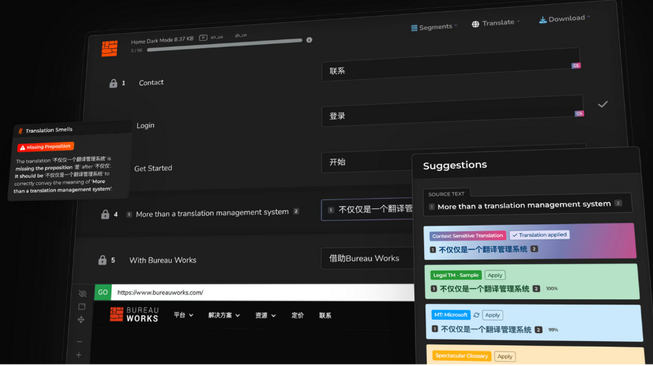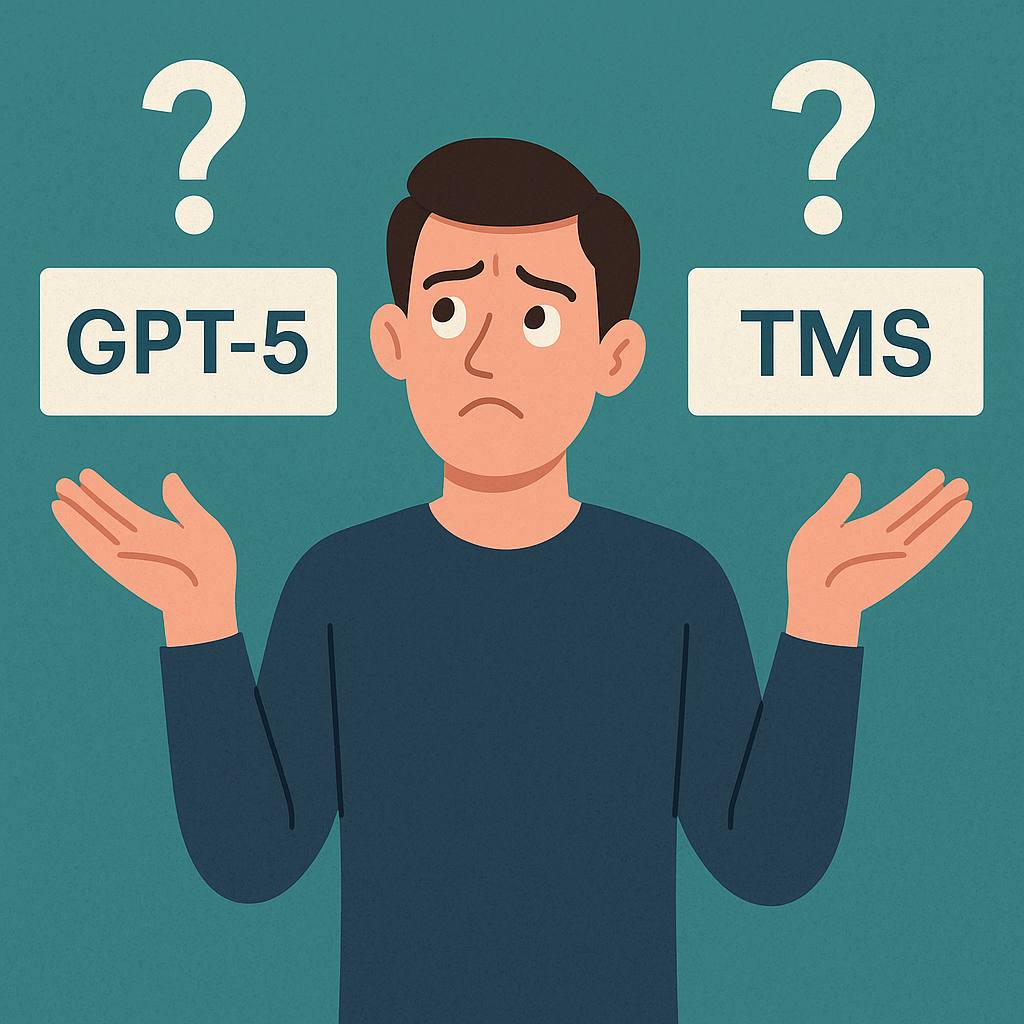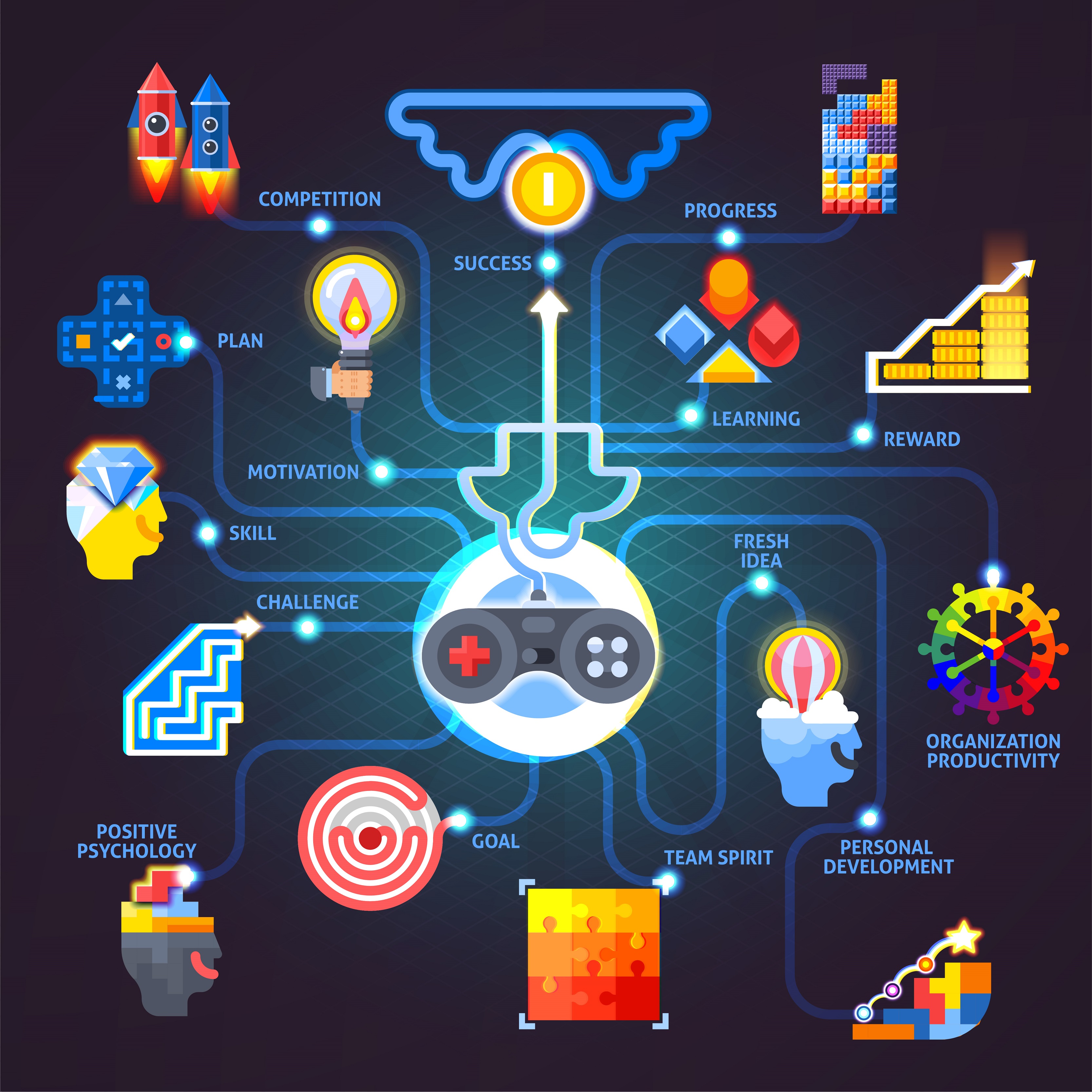Post-edit distance (PED) is a payment model that compensates translators based on how much they modify machine-generated translations.
The difference between the machine's output and the final translation—the "edit distance"—is measured and directly affects the translator’s earnings.
While this model aims to align pay with effort, many translators remain skeptical about its fairness and impact on their income.
Why Do Translators Resist PED?
Many translators are concerned that PED will lower their income. Traditionally, they have been paid per word or by project, which provides consistent pay. With PED, however, translators fear they might earn less as their compensation depends on the level of edits. For example, a translator who used to earn $100 per hour might make only $80 due to fewer required changes.
A key challenge lies in the variability of machine translation (MT) quality. Poor-quality MT requires extensive rewrites, reducing productivity and making PED a frustrating model. However, accurate MT feeds can streamline the process, leading to quicker tasks and, potentially, more stable earnings.
"If... the suggestions are actually accurate and pretty decent... chances are that the translation framework... is actually ultimately going to be good for you", points out Gabriel Fairman, our CEO, in his Edit Distance video series.

Common Concerns About PED:
- Lower Pay: Translators worry that agencies may use PED to drive down rates.
- Inconsistent Workload: When MT quality is poor, the effort required to fix errors increases.
- Loss of Creativity: Some translators prefer to work with their own writing rather than editing machine-generated content.

The Role of Quality and Mindset
The success of PED depends on two key factors: the quality of the machine translation and the translator's mindset. If the MT feed offers accurate suggestions, the translator can make minimal adjustments, saving time and effort. But when the feed is filled with errors, the translator ends up spending more time fixing the content, which diminishes the effectiveness of the PED model.
Our CEO, Gabriel Fairman, describes a few different translator mindsets in his Edit Distance video sessions:
"Are you agonizing? Are you enjoying it? Are you thinking everything's wrong... trying to make it yours desperately? Are you satisfied with good enough?"
Mindset also plays a significant role. Translators open to experimenting with new methods tend to find PED less stressful, while those focused on maintaining complete control over the text may struggle with this model.
Positive Mindsets for PED Success:
- Flexibility: Adapting to "good enough" translations where appropriate.
- Efficiency-Oriented: Focusing on quick corrections rather than perfect rewrites.
- Open-Mindedness: Willing to experiment with MT tools and learn from the process.

Financial Models and Long-Term Strategy
There is no universal standard for PED-related financial models, as these vary depending on content type, language, and agency policies. Translators need to evaluate whether PED is worth their time and effort by comparing it to their usual hourly or project-based earnings. Ideally, the PED model should bring pay close to standard rates—around $90 to $110 per hour—to make it sustainable.
"I don't know a single person who knows... a golden standard, something that is universally acceptable for all of these financial models and edit distances", mentions Gabriel Fairman.
Working with PED may also future-proof a translator’s career. While initial earnings may be lower as translators adjust to the new process, productivity can improve over time. Mastering PED workflows can provide a competitive edge as the translation industry increasingly adopts MT tools.
Post-edit distance presents both challenges and opportunities. It can streamline workflows if the MT feed is of high quality and the translator approaches it with a positive mindset. However, for those who find it frustrating or poorly compensated, traditional workflows might remain preferable.
Translators must assess whether PED aligns with their professional goals. It’s a strategic decision that requires balancing short-term frustrations with long-term benefits. Whether choosing to embrace PED or stick with traditional methods, understanding how to navigate these evolving models will be key to future success.
Unlock the power of glocalization with our Translation Management System.
Unlock the power of
with our Translation Management System.



























.png)